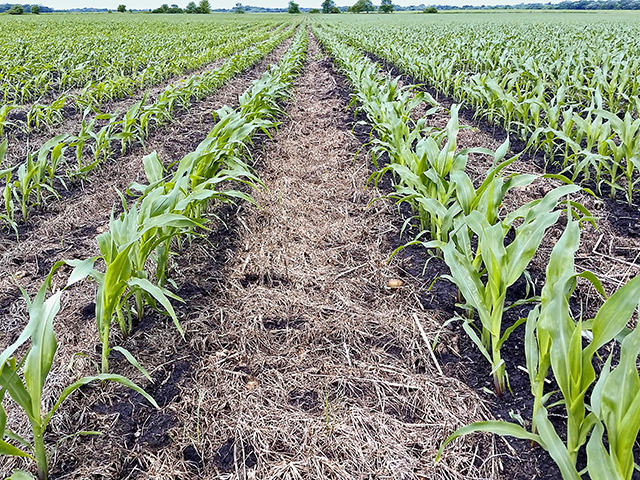
Conservation in Achieving Sustainability Goals
In an ever-changing world where human activities continue to reshape the landscape and exploit natural resources, the conservation of biodiversity stands as a critical pillar in achieving sustainability goals. Biodiversity, often described as the intricate web of life, encompasses the incredible variety of species of plants, animals, microorganisms, and ecosystems that call our planet home. This diversity not only enriches our lives but also plays a fundamental role in maintaining the delicate balance of our environment. In this blog post, we will delve into the significance of biodiversity conservation in the broader context of achieving sustainability.
Biodiversity: A Treasure Trove of Ecosystem Services
Biodiversity isn’t merely an abstract concept; it directly impacts our lives in numerous ways. Ecosystem services, the benefits humans derive from healthy ecosystems, are fueled by biodiversity. These services range from the provisioning of food, clean water, and medicine to regulating services like climate regulation, disease control, and natural disaster mitigation. For instance, the intricate interactions between species in a balanced ecosystem can control pest populations naturally, reducing the need for harmful pesticides.
Biodiversity and Climate Change
One of the most pressing global challenges of our time is climate change, driven primarily by human activities releasing greenhouse gases into the atmosphere. Biodiversity plays a crucial role in mitigating and adapting to these changes. Forests, for instance, act as carbon sinks, absorbing vast amounts of carbon dioxide. However, without a diverse range of tree species, these forests could be more vulnerable to diseases and climate-related stressors, compromising their ability to sequester carbon effectively.
Resilience and Adaptation
Biodiverse ecosystems are inherently more resilient in the face of disturbances. Imagine a forest with a variety of tree species: if one species is susceptible to a particular disease, others might not be affected, ensuring the overall health of the forest. This resilience is essential in a world where the frequency and intensity of disturbances like wildfires, hurricanes, and disease outbreaks are on the rise. Biodiversity provides a buffer against the unpredictability of these events.
The Economic Dimension
Biodiversity isn’t just an environmental concern; it also has significant economic implications. Industries such as agriculture, pharmaceuticals, and tourism depend heavily on diverse genetic resources. Many of the crops we rely on for food are the result of intricate breeding programs that draw from a wide genetic pool. Similarly, numerous medicines are derived from plants and animals found in diverse ecosystems. Conserving biodiversity is, therefore, an investment in the long-term sustainability of these industries.
Cultural and Aesthetic Value
The intricate tapestry of life on Earth is a source of wonder, inspiration, and cultural significance for human societies. Indigenous cultures around the world have deep-rooted connections to their local ecosystems, often considering certain species or landscapes as sacred. Biodiversity loss can erode these cultural traditions and disrupt the spiritual relationship between humans and the natural world. Furthermore, many people find solace and inspiration in the beauty of diverse landscapes and species, highlighting the aesthetic value of biodiversity.
Biodiversity Hotspots
It’s important to recognize that while biodiversity is spread across the planet, there are specific regions known as biodiversity hotspots that host an exceptional concentration of unique species. These areas, such as the Amazon rainforest and the Coral Triangle, are of particular concern as they face immense threats from deforestation, habitat degradation, and climate change. Protecting these hotspots is a priority in the global effort to conserve biodiversity.

The Role of Conservation Efforts
Conservation efforts take various forms, ranging from the establishment of protected areas and wildlife corridors to sustainable land-use practices and habitat restoration. International agreements such as the Convention on Biological Diversity (CBD) and the United Nations’ Sustainable Development Goals (SDGs) highlight the importance of biodiversity conservation and provide a framework for action.
Individual and Collective Action
While conservation policies and large-scale efforts are essential, individual actions also play a significant role. People can contribute to biodiversity conservation by supporting sustainable practices, reducing waste, and advocating for environmentally responsible policies. Educating oneself and others about the value of biodiversity can inspire positive change on a personal and societal level. If you are searching for more information about sustainability, check this reference for further info.
Conclusion
Biodiversity, the intricate and interconnected web of life, is a cornerstone of our planet’s health and well-being. It contributes to a wide array of ecosystem services, from food provision to climate regulation, and holds immense economic, cultural, and aesthetic value. As we strive to achieve sustainability in the face of environmental challenges, prioritizing biodiversity conservation is not just an option – it’s a necessity. By valuing and protecting the incredible diversity of life on Earth, we take a crucial step towards securing a sustainable future for generations to come.
